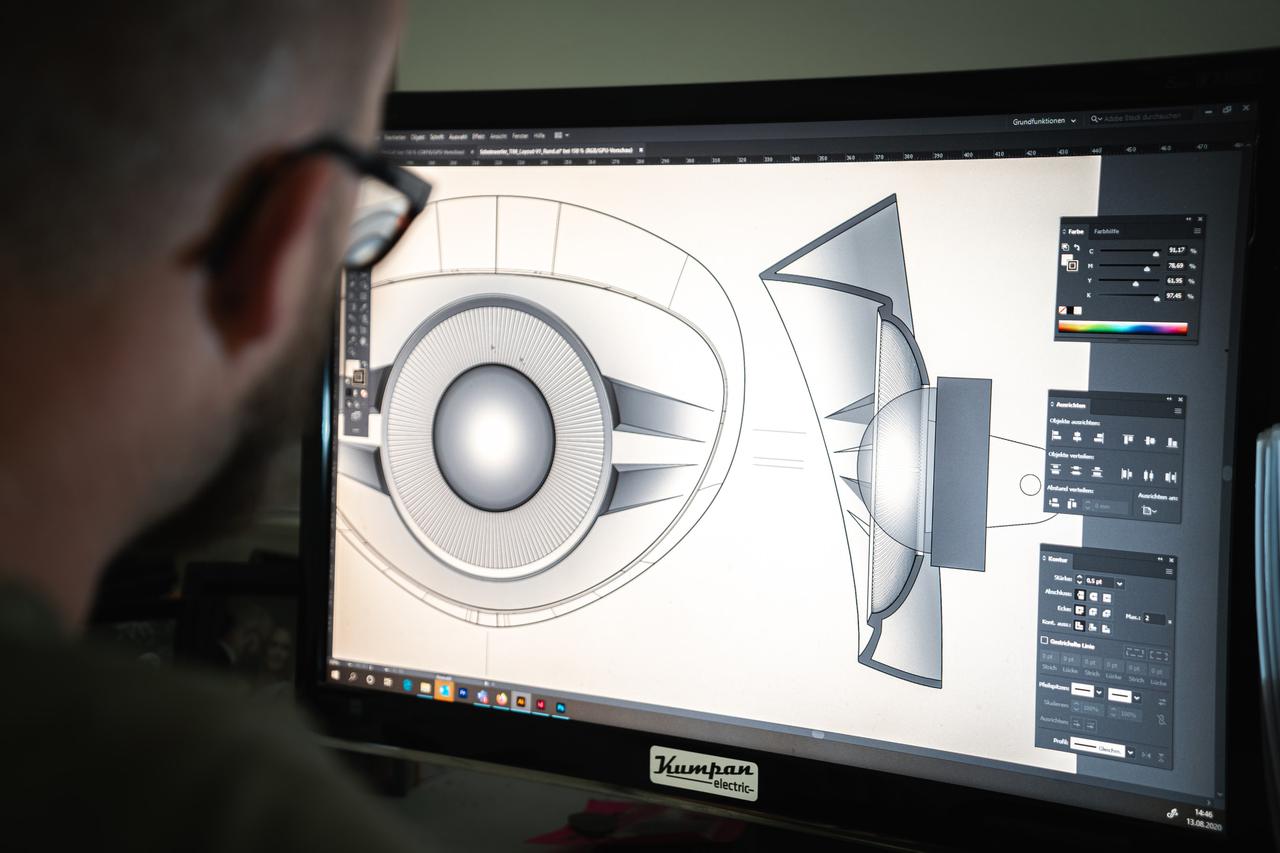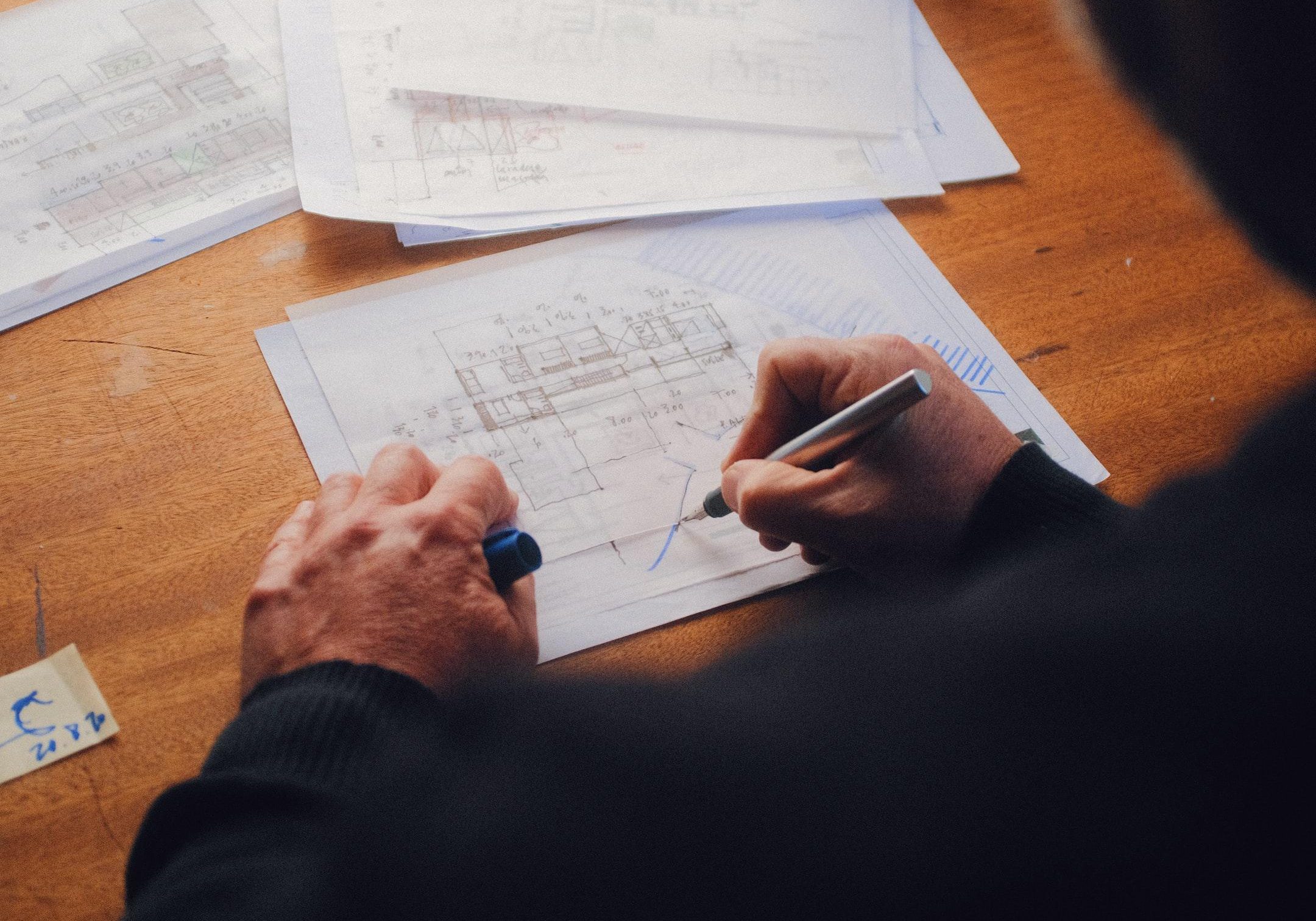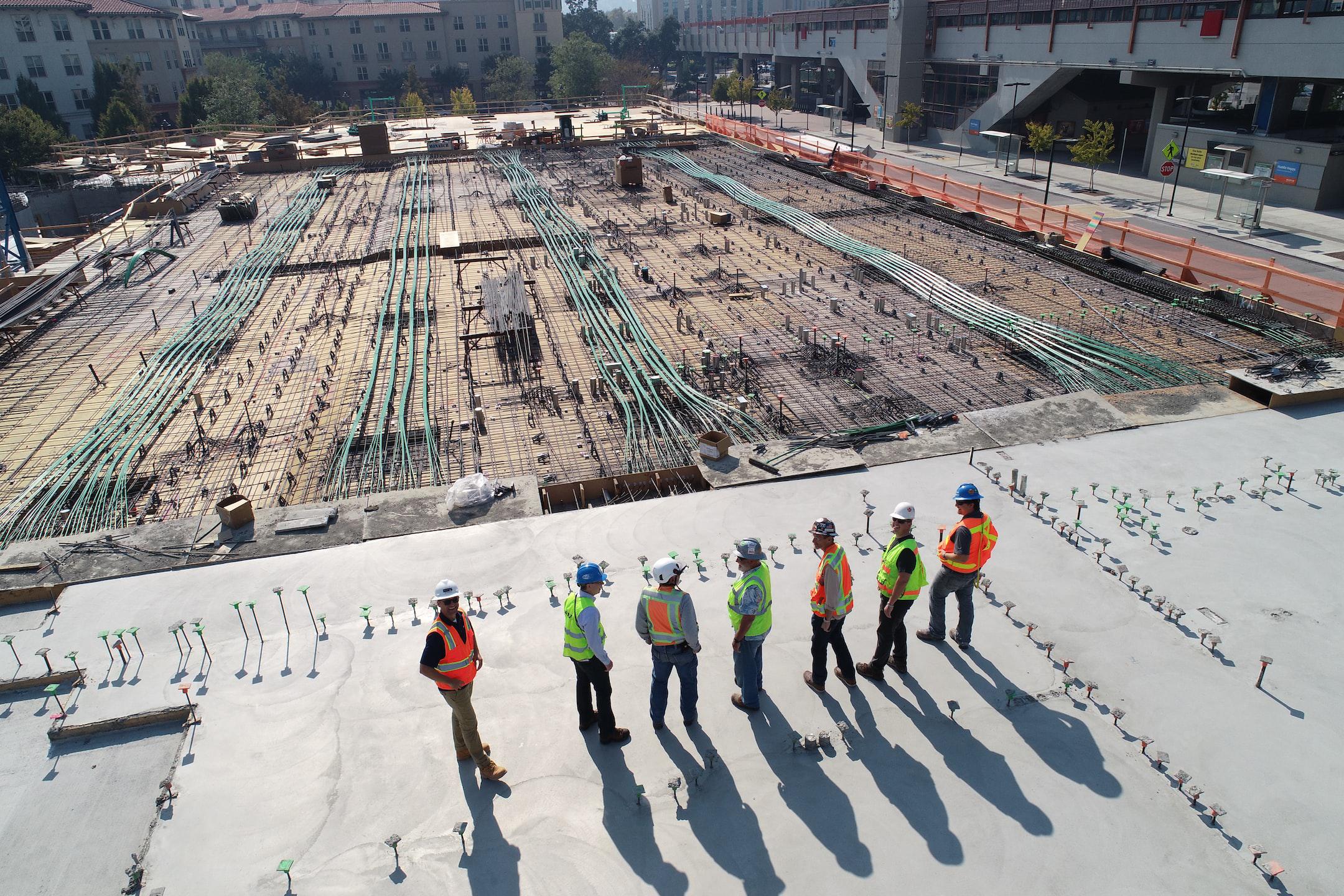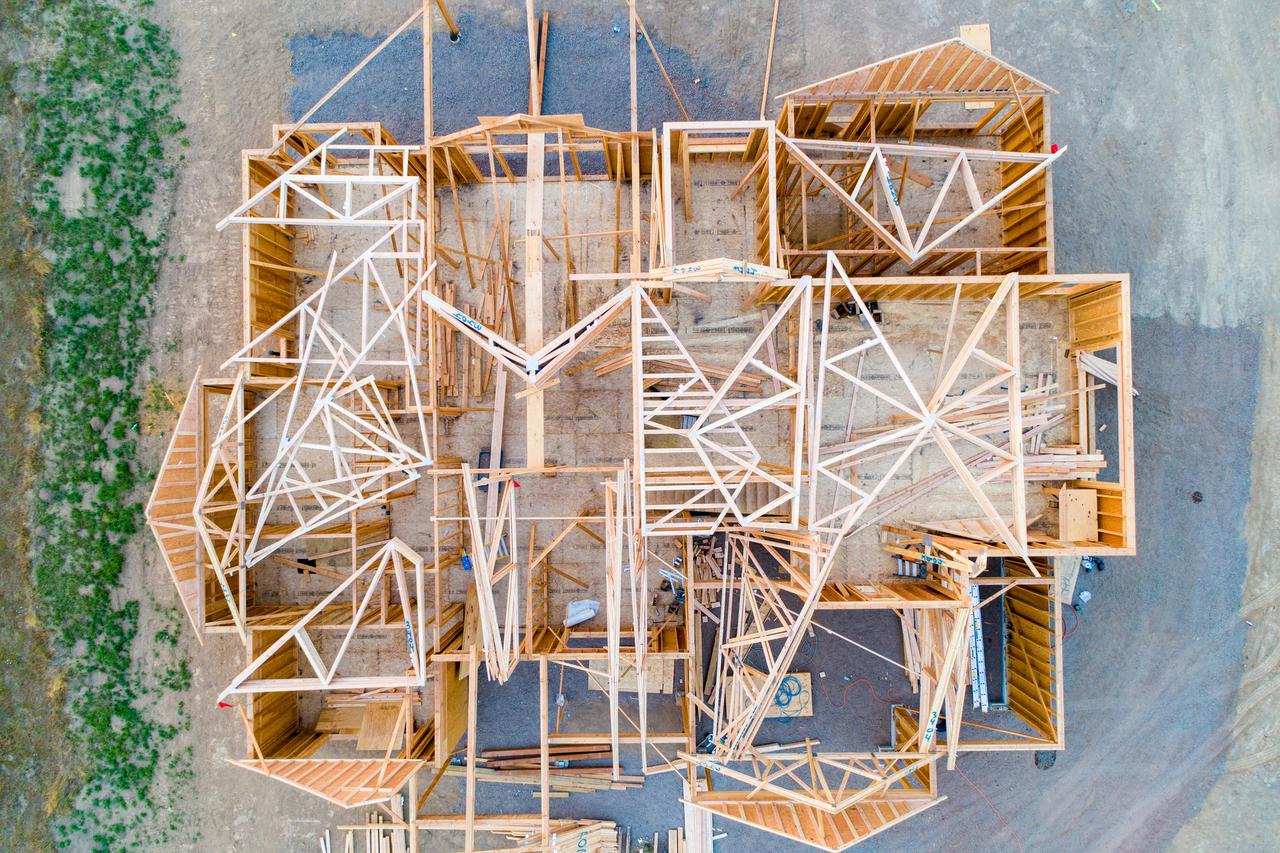Building information modeling (BIM) is just one of the ways advancing technology changes almost every aspect of the way we do business. Whether you’ve been in business for five years or five decades, there may be redundancies and inefficiencies in your work processes that ultimately compromise your bottom line. Staying current on new technologies can help you improve and adapt your enterprise’s practices in construction, manufacturing, or the industrial sector. Work with a technology expert, such as Spartan Scanning to optimize technology for your unique needs. Learn more about why building information modeling is now the standard for information sharing.
Cooperative work made easy
Whatever industry you work in, chances are you have multiple teams and individuals who need to contribute to a project. Designers, architects, engineers, contractors, and project managers all have unique responsibilities within a project. Before computers, teams shared blueprints and two-dimension drawings, drafting new plans every time they changed.
CAD drawings allowed teams to work in three dimensions but didn’t empower collaboration. One of the best ways to improve project efficiency and eliminate redundancies is to have all the contributors working cooperatively from day one. Building information modeling creates three-dimensional drawings in a shared workspace that everyone from designers to project managers can access and edit in real-time.

Actionable information storage
CAD drawings are better at expressing three-dimensional design and planning, but they only offer conceptual designs to share information between architects and engineers to contractors and fabricators.
BIM offers actionable information storage, with almost limitless potential for data storage, including individual part and material information, geospatial, financial, and logistical data. All the information in a BIM workspace is available to all project team members all the time. The result is unprecedented efficiency and accuracy from design through execution.
Upper-level building information modeling
Not every project needs the most advanced information modeling available. Most enterprises have moved beyond exclusively two-dimensional drawings. However, many industries still haven’t adapted to working collaboratively, with every team managing their own information for a project. Non-collaborative work is considered lower-level building information modeling.
Mid-level BIM includes collaboration but doesn’t take full advantage of the capabilities of the technology.
Upper-level building information modeling incorporates advanced data such as cost predictions, budget analysis, scheduling, and even future energy consumption and sustainability information. In competitive construction and manufacturing markets, upper-level BIM processes keep you at the forefront of the industry.

Stay adaptive for future tech advancements.
It’s much easier to adapt to BIM processes if you’re already working cooperatively using three-dimensional CAD drawings. Leap-frogging technological advancements can result in long lag times as your team learns new software.
When you stay current with the best processes in your industry, you’re better positioned to adapt to the next advancement. When your team has dynamic skills ready to incorporate new approaches, you’ll continue to operate as a leader in your market. Spartan Scanning helps enterprises optimize their operations with building information modeling services.
Contact Spartan Scanning to learn how your next project can benefit from building information modeling services.
The Spartan Scan team comes from diverse backgrounds in engineering and saw a need for a revolution in building design and project planning. By providing our clients with a greater amount of high-quality information captured by innovative technology, we save them time and money in every aspect of their work processes. Building information modeling and reality capture services deliver precision and empower collaboration to eliminate redundancies and errors in construction and manufacturing.
Whatever industry you work in, scanning, capture, and modeling can improve your workflow and your bottom line. Contact the Spartan Scanning team to learn more about the benefits of building information modeling.





